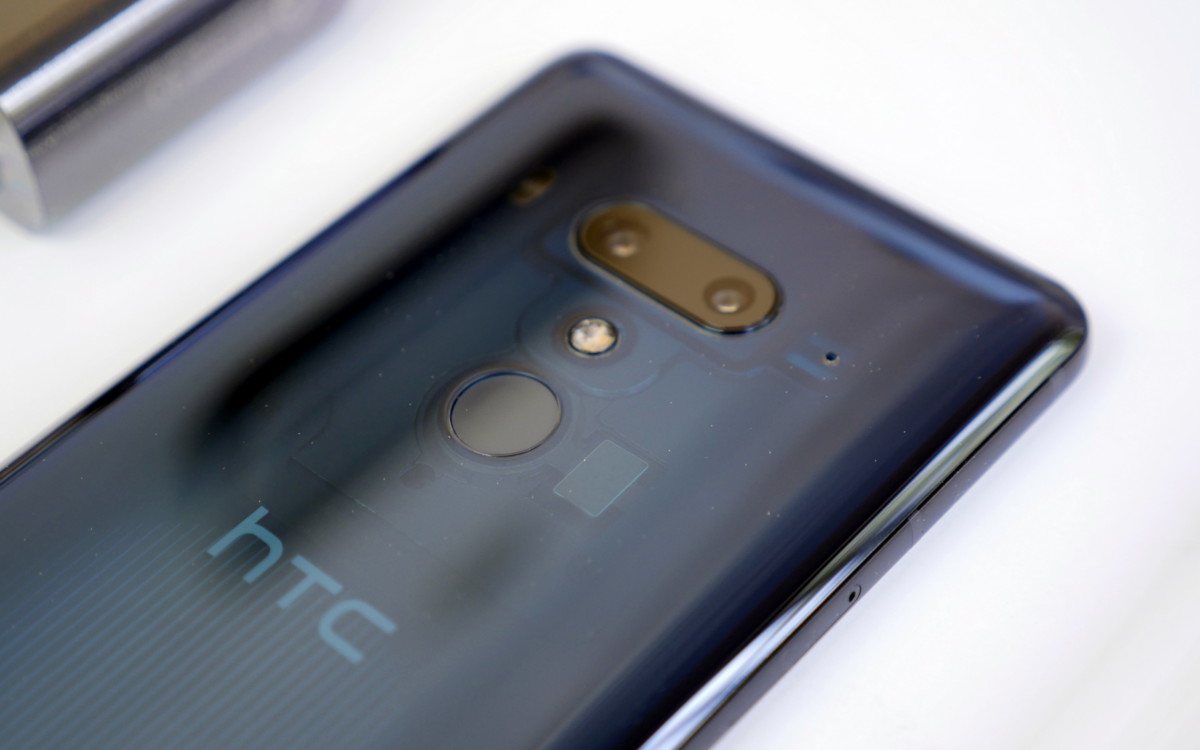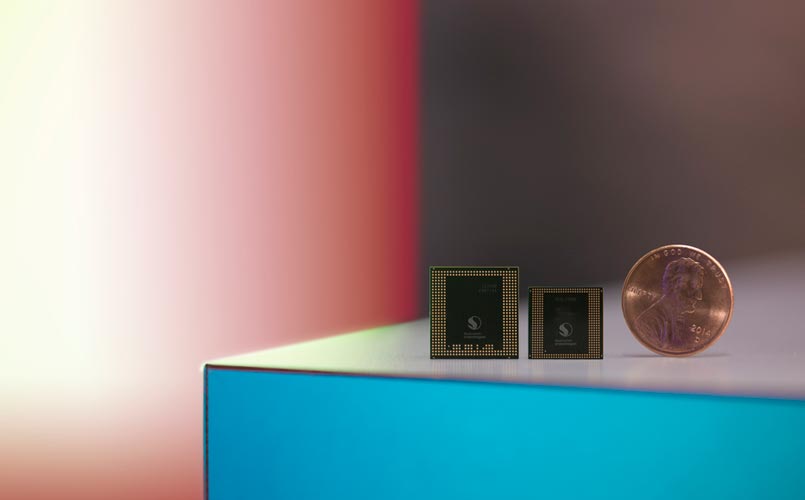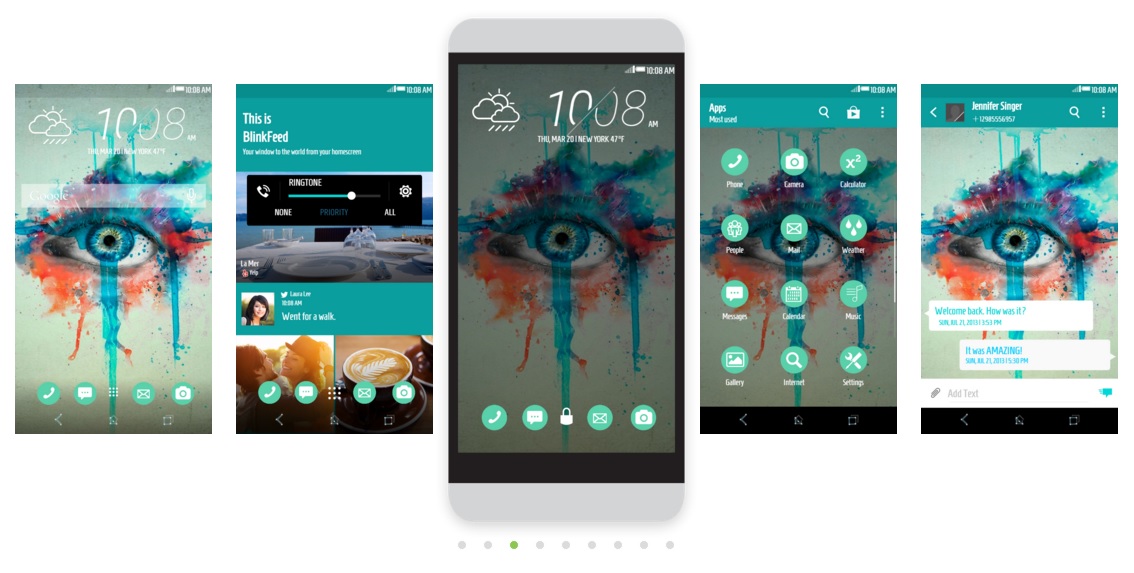As we mentioned a few days ago in a previous entry, rumour has it that HTC has begun testing its new flagship device, which would logically be named HTC 11 (although the HTC U brand might be another option). In any case, Qualcomm’s Snapdragon 835 processor will power the device, so we’ve decided to take a further look into the latter to see what potential benefits it would bring to HTC’s new smartphone.
Design-wise, this 10 nanometre chip processor is 65% the size of former versions, including its predecessor Snapdragon 821, which has been used to power the HTC U Ultra. Moreover, it uses 25% less power, has a long lasting battery life and charges faster. The 835 also has a peak download speed of up to 1GB, which is much faster than that of the 821 version, which only goes up to 600 Mbps. As for camera functions, with its 14-bit Qualcomm Spectra™ it can capture up to 32 MP without any shutter lag and it also reproduces real life colours.
In addition to all of these characteristics, Qualcomm’s new processor also includes a specific improvement that addresses gamers: the ADRENO GPU. One of its most notable features is that it delivers faster and real-life graphics for immersive experiences. Snapdragon 835 also has a comprehensive user and device security authentication system which helps further protect access to the smartphone, effectively offering an extra level of protection to apps with a high level security mechanism and contain the user’s private data. This is achieved through the Qualcomm Haven Security Suite, an authentication process that includes facial, voice, iris and fingerprint recognition.
One of its most remarkable features of this next-generation processor is the Qualcomm® Kryo™ 280 CPU which is highly power efficient. It should also be noted that, as the company’s SVP mentioned, Qualcomm’s intention is to take the mobile world into virtual reality. Features such as surround sound, eye tracking, 1GB download speed, an edge-cutting camera and real-life graphics seem to support this step into augmented reality. Allegedly, this processor will also support Windows 10 on mobile PC.
Although Snapdragon 835 will be used in mobiles that will be available on the market later on this year, we’ll have to wait for the launch of HTC’s 2017 flagship device to see how well it works and to what extent will it actually take devices a step further into the future.















